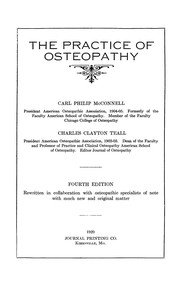Ancient Europeans Retained Dark Skin, Hair and Eyes Until the Iron Age, Claims New Study
A genetic study analysing 348 ancient DNA samples reveals that most prehistoric Europeans had dark skin, hair, and eyes well into the Iron Age. Although genes for lighter pigmentation appeared around 14,000 years ago, they remained rare until about 3,000 years ago. Lighter skin may have been advantageous for vitamin D production, while lighter eyes may have developed due to sexual selection. The findings challenge previous assumptions about early European pigmentation and trace the gradual shift in genetic traits over time.

Most early Europeans retained dark skin, hair, and eyes until approximately 3,000 years ago, as suggested by recent genetic research. Findings indicate that lighter features only became common in Europe during the Iron Age. Although the genetic markers for lighter pigmentation first appeared around 14,000 years ago, they remained relatively rare for thousands of years. Scientists suggest that lighter skin may have provided an advantage by aiding vitamin D production in regions with lower sunlight exposure. The research was conducted through an extensive analysis of ancient DNA samples from archaeological sites across Europe and parts of Asia.
Pigmentation Variations Over Time
According to a study published on the preprint server bioRxiv, genetic material from 348 ancient individuals was examined, with samples dating back as far as 45,000 years. The oldest belonged to the Ust'-Ishim individual from western Siberia, discovered in 2008, while another well-preserved genome came from the SF12 individual, who lived in Sweden around 9,000 years ago. Despite degradation in many samples, scientists utilised probabilistic phenotype inference and the HIrisPlex-S system to reconstruct pigmentation patterns.
Silvia Ghirotto, a geneticist at the University of Ferrara and the study's senior author, stated in an email to Live Science that while lighter skin, hair, and eyes emerged sporadically in individuals over time, dark pigmentation remained dominant in parts of Europe well into the Copper Age. Some regions continued to see frequent occurrences of darker traits until the Iron Age.
Emergence of Lighter Features
The study found that lighter eye colours first appeared between 14,000 and 4,000 years ago, primarily in Northern and Western Europe. However, individuals with dark skin and dark hair still remained prevalent during that period. The genes responsible for lighter skin emerged in Sweden around the same time but remained rare initially.
Carles Lalueza-Fox, a palaeogeneticist at Barcelona's Institute of Evolutionary Biology, who was not involved in the study, expressed surprise at the findings. He told Live Science that the persistence of darker pigmentation in some individuals until the Iron Age was unexpected. While the study maps out the emergence of these genetic traits, the reasons for their eventual dominance remain uncertain.












)



























































